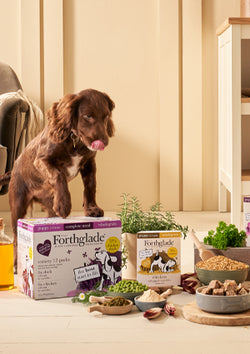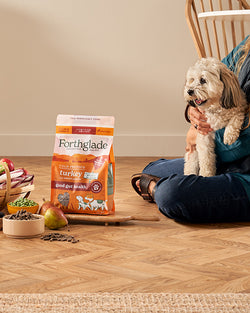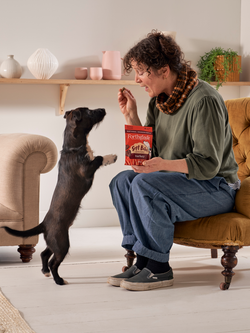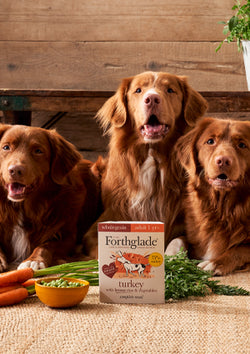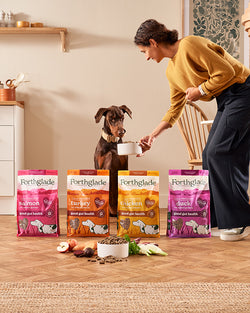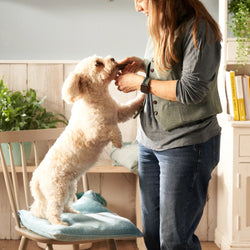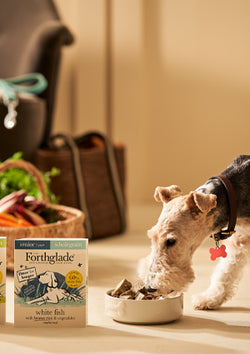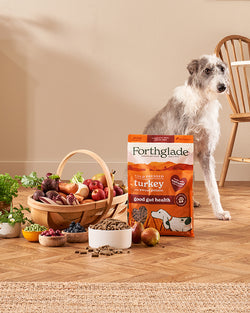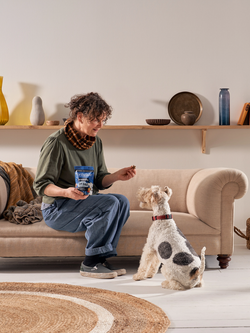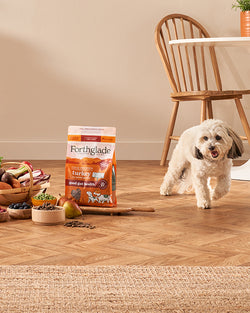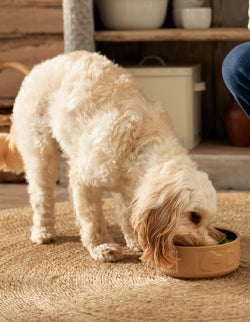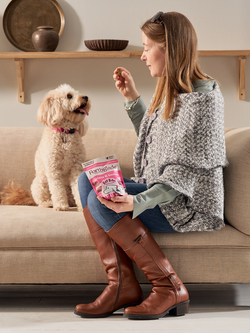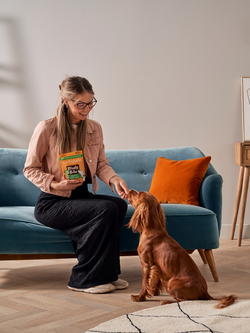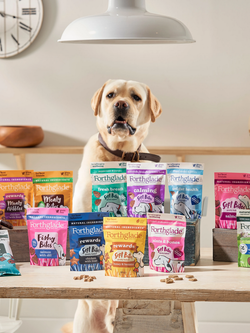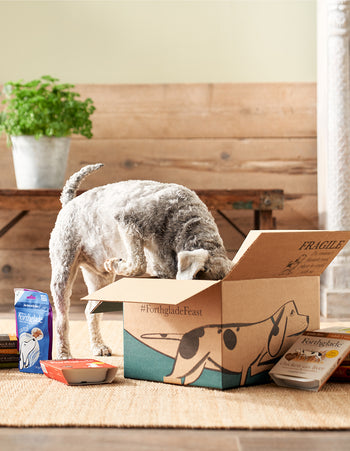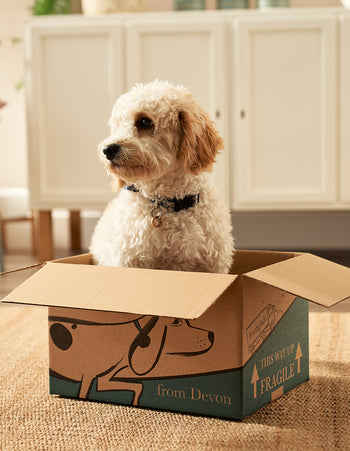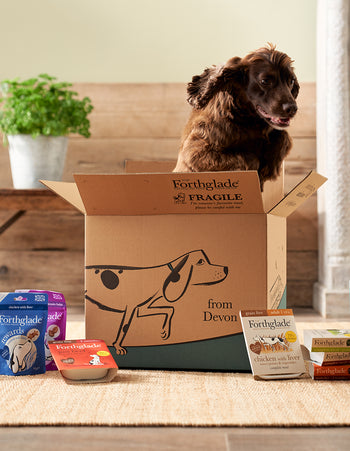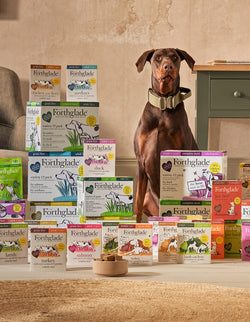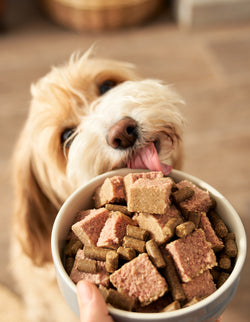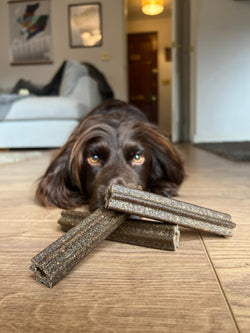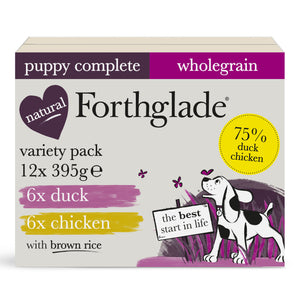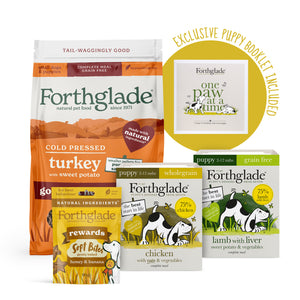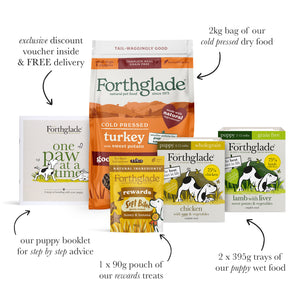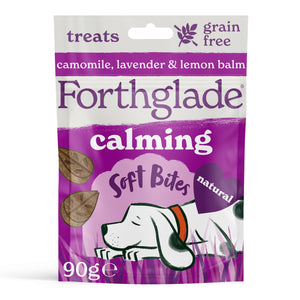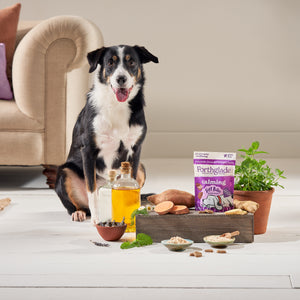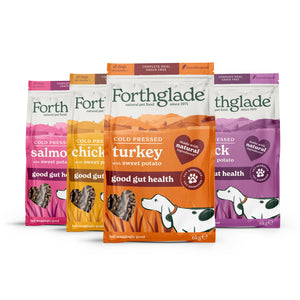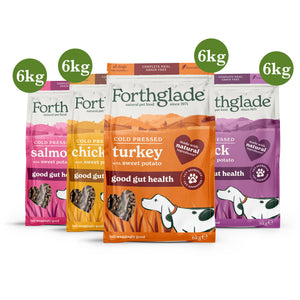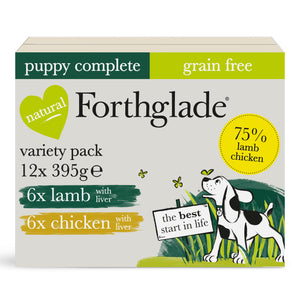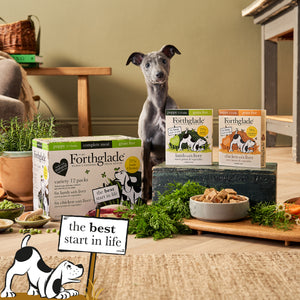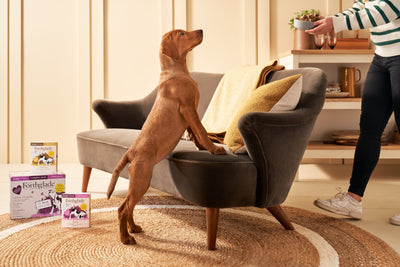How to Crate Train a Puppy
Bringing a new puppy home is an exciting time, especially when it comes to training. Crate training is a popular method that can help puppies feel safe and secure while giving owners peace of mind. But how do you crate train a puppy in a way that’s positive, effective, and stress free?
In this guide, we’ll walk you through everything you need to know to get started with crate training your puppy.

What is Crate Training?
Crate training is the process of teaching your puppy to see their crate as a safe, comfortable space. Far from being a punishment, a crate can become your puppy’s very own cosy retreat.
When done properly, crate training helps with house training, provides your puppy with a quiet place to settle, and can make travelling or staying away from home much easier.
Should I Crate Train My Puppy?
Many puppy parents wonder: Should I crate train my puppy? The answer depends on your puppy and your lifestyle, but there are lots of benefits to using a crate:
- It helps puppies feel secure: A crate gives them a quiet space of their own to rest and recharge.
- It can prevent destructive behaviours: When you’re not home, the crate can keep your puppy safe from chewing furniture or getting into trouble.
- It’s useful during busy times: A crate can help puppies settle when visitors come over or during noisy events like fireworks night.
- It makes travel easier: You can take the crate with you on holidays or trips to provide a familiar environment wherever you go.
- It supports house training: Most puppies won’t toilet in their sleeping area, which can speed up the house training process.
If used correctly, crate training can be a comforting routine for both you and your puppy.

How to Crate Train a Puppy
Crate training takes patience, but by following these steps, you can help your puppy build positive associations with their crate.
Buying the Right Size Crate
Make sure the crate is big enough for your puppy to stand up, turn around, and lie down comfortably but not so big that they can toilet at one end and sleep at the other. A well fitted crate helps your puppy feel safe and enclosed.
Make it Comfy
Add soft bedding, blankets, and a favourite toy to make the crate inviting. You want your puppy to see it as their own cosy den where they can relax.
Introduce the Crate Gradually
Start by encouraging your puppy to explore the crate at their own pace. Leave the door open and place treats or toys inside to build curiosity.
Use Positive Reinforcement
Reward your puppy every time they go into the crate voluntarily. Offer lots of praise and their favourite puppy treats to help create a positive connection.
Build Up Time Slowly
Begin with short sessions (Less than 5 minutes) and gradually increase the amount of time your puppy spends in the crate. Stay nearby at first, so they know you’re not far away.
Feed Meals in the Crate
Serving your puppy’s dinners inside the crate can help them associate it with positive experiences.
Be Consistent
Routine is key. Make crate time part of your puppy’s daily schedule, such as using it for naps or quiet time.
What to Avoid
When crate training, it’s just as important to know what not to do:
- Never use the crate as punishment: It should always be a positive space.
- Don’t leave your puppy in the crate too long: Puppies need plenty of exercise, playtime, and regular toilet breaks.
- Don’t let other pets or children disturb them in the crate: This is their safe space.
-
Avoid rushing the process: Every puppy is different, some may take a little longer to settle in their crate.
Taking a gentle, patient approach will help your puppy build lifelong positive associations with their crate.

Conclusion
Crate training your puppy is all about creating a happy, safe space they can call their own. With patience, positive reinforcement, and consistency, your puppy will soon feel right at home in their crate.
Supporting your puppy’s growth and wellbeing starts with the right care, including what goes in their bowl. Explore our range of natural puppy food to help your pup thrive from the very start.
For more helpful tips, check out our articles on puppy-proofing your life, bonding with your puppy, and puppy socialisation
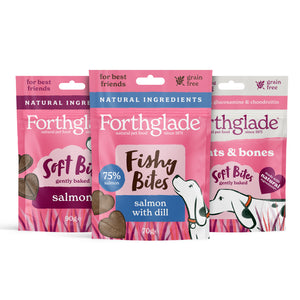
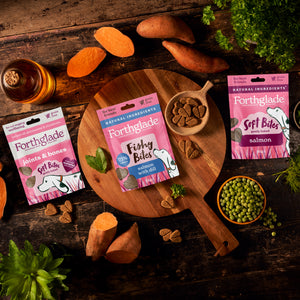
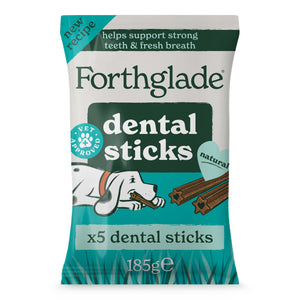
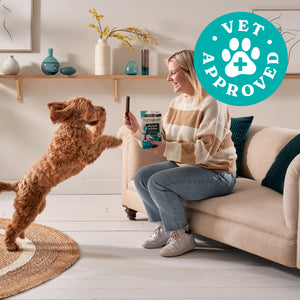
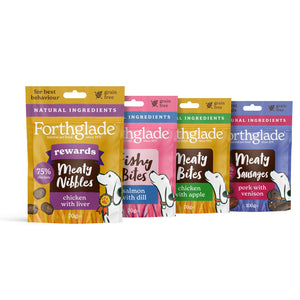
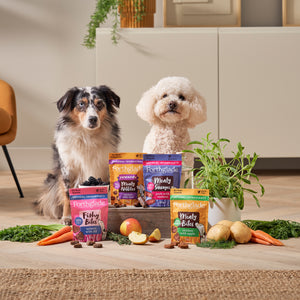
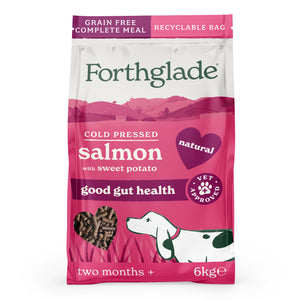
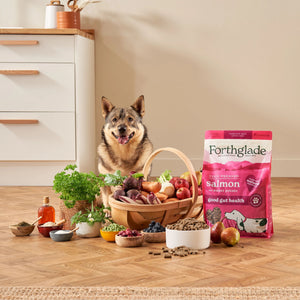


 Over 12,000 5* Reviews
Over 12,000 5* Reviews
 Subscribe & Save At Least 10% Off Every Order!
Subscribe & Save At Least 10% Off Every Order!


